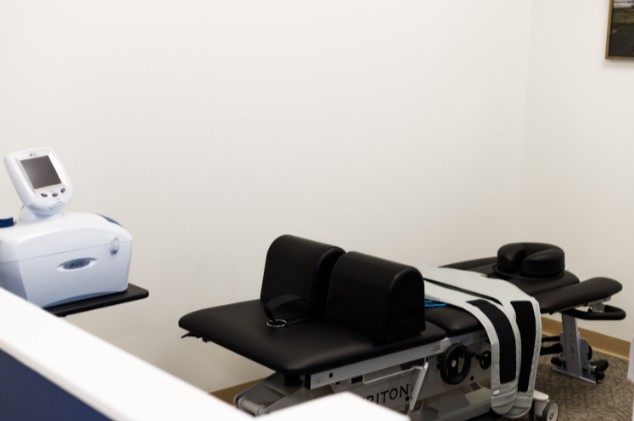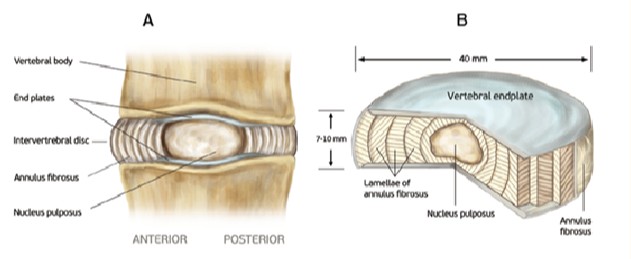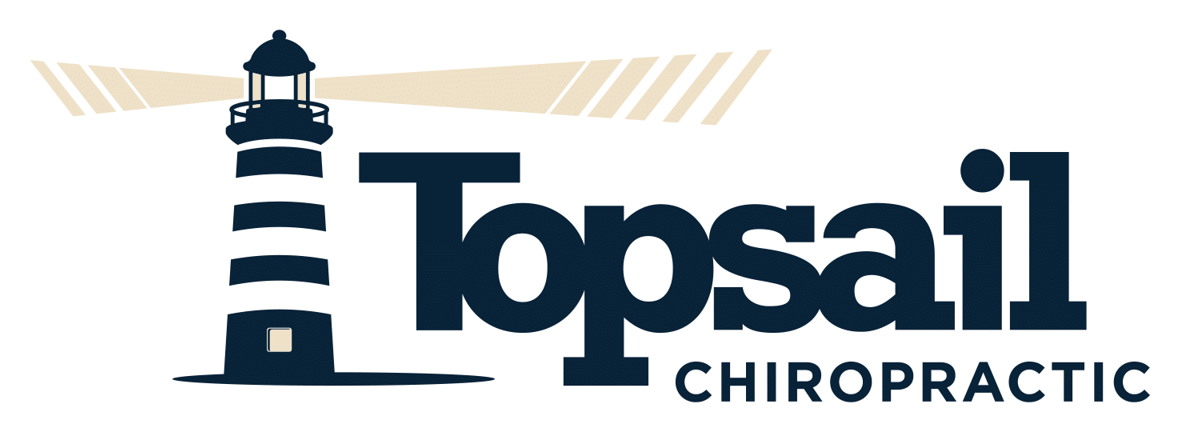As many of you know, this past week we installed our second non-surgical spinal decompression table!
Combining chiropractic care with the roller tables and decompression therapy is a potent combination that gets amazing results.
While any adult can benefit from non-surgical spinal decompression therapy, there are many patients we
absolutely recommend it as part of their treatment plan.
Today we’ll go over what it does and who we would recommend it for. Fun fact, Dr. Ruston uses non-surgical spinal decompression weekly to combat the effects of lifting weights and working on patients!

What Does The Decompression Table Do?

Non-surgical spinal decompression involves a specialized table and harness system that applies a controlled traction, or axial distraction force, on the spine.
This therapy can be used either in the neck (cervical spine), or low back (lumbar spine).
The amount of traction, the duration, and the speed that the traction is applied is controlled by a computerized motor. The protocols that the table uses are all programmed based on extensive clinical research.
What Are The Benefits?
Some of the benefits of Non-surgical spinal decompression include:
- Relief from back/neck pain.
- Improvement in spinal range of motion.
- Reduce pressure on spinal nerves and the spinal cord.
- Enhanced blood circulation in the affected area.
- Rehydrate degenerated or injured discs.
- Strengthen ligaments and disc fibers.
- Promotes natural healing.
- Used as an alternative for surgery in difficult cases.


We have patients all the time that mention they have done chiropractic or physical therapy before and not gotten the results they were hoping for. For those patients, decompression therapy has been a game changer! The fact that it is not painful, incredibly easy to do, and doesn’t involve drugs or surgery is just
a bonus!
List of conditions Non-Surgical Spinal Decompression Can Be Used For
- Degenerated/Injured Discs.
- Numbness, tingling, or pain in an arm or leg.
- Sciatica.
- Arthritis.
- Decreased spinal range of motion.
- Spinal stenosis.
- Feeling compressed or squished.
- Combat spinal compression that comes from sitting or standing for long
- hours.
- Slow the process of age related wear and tear.
- Preventing injury.




